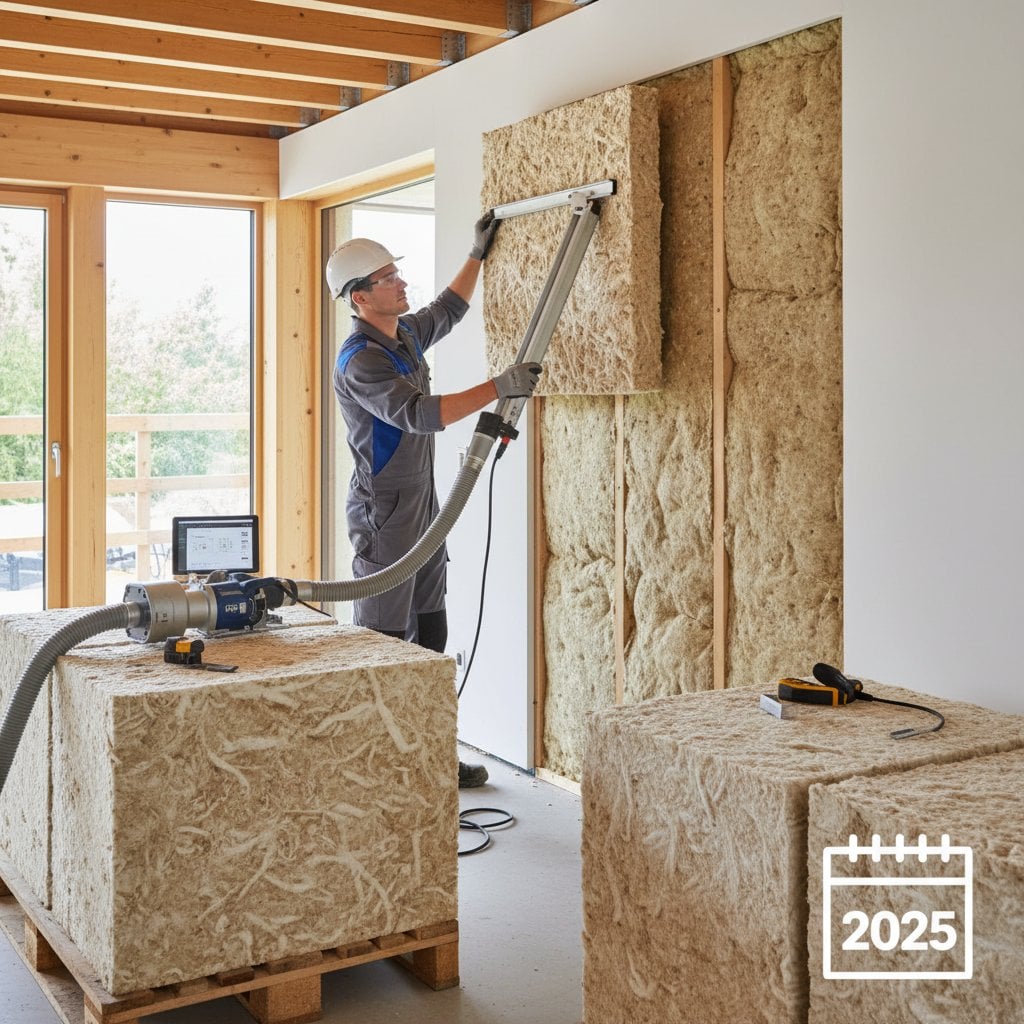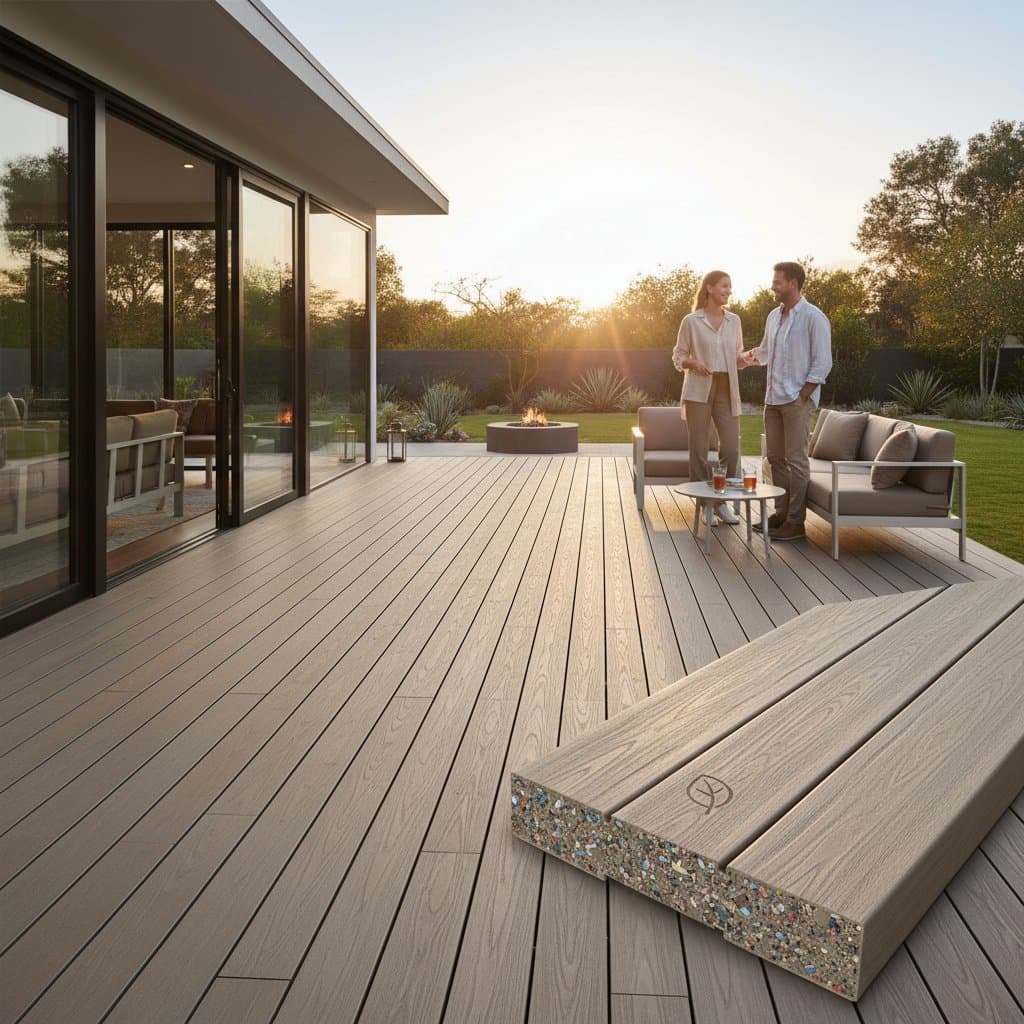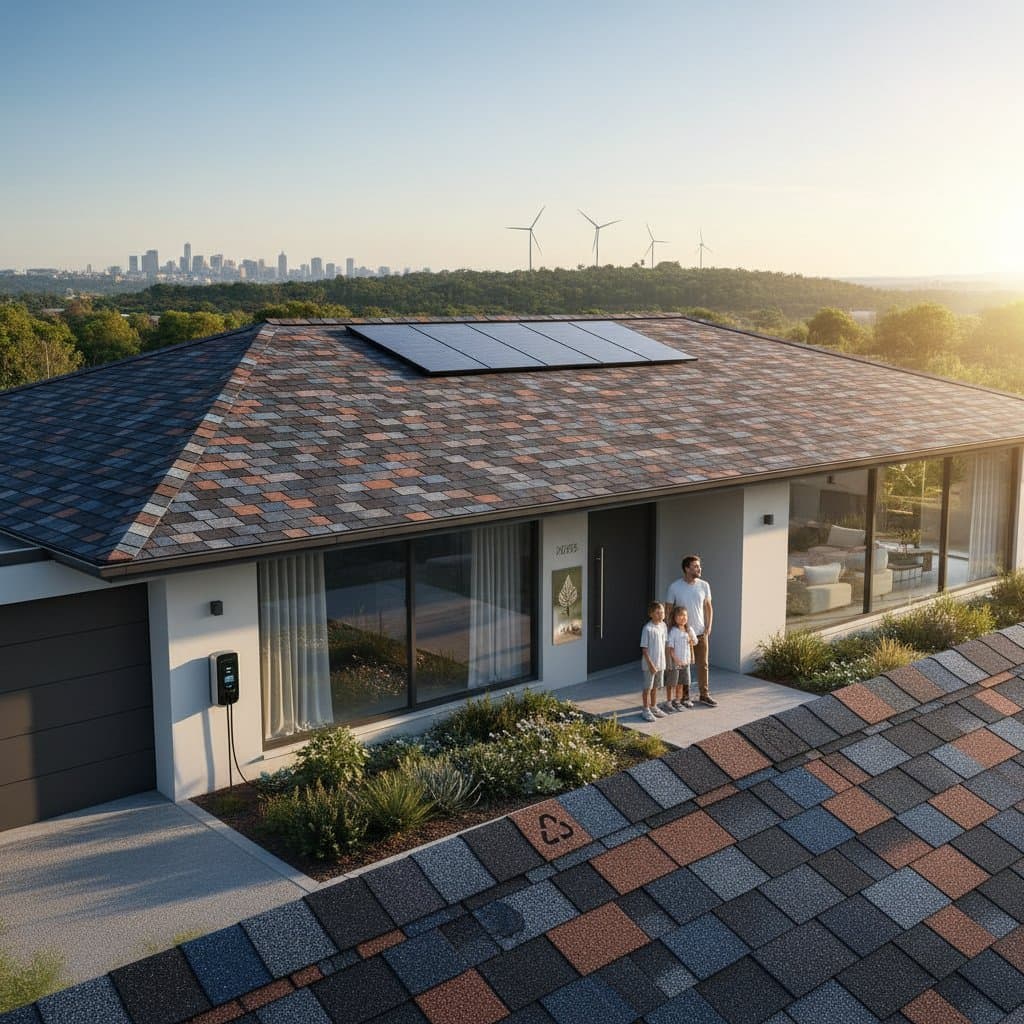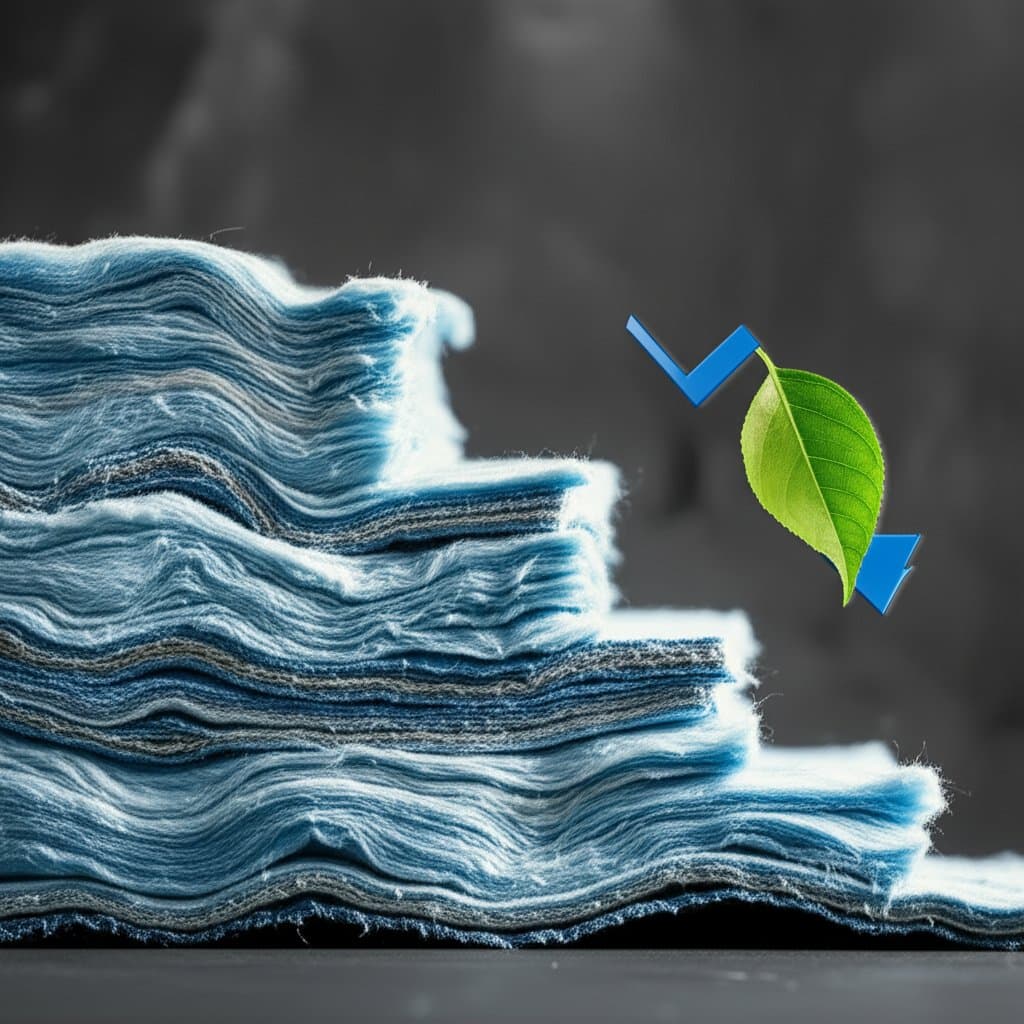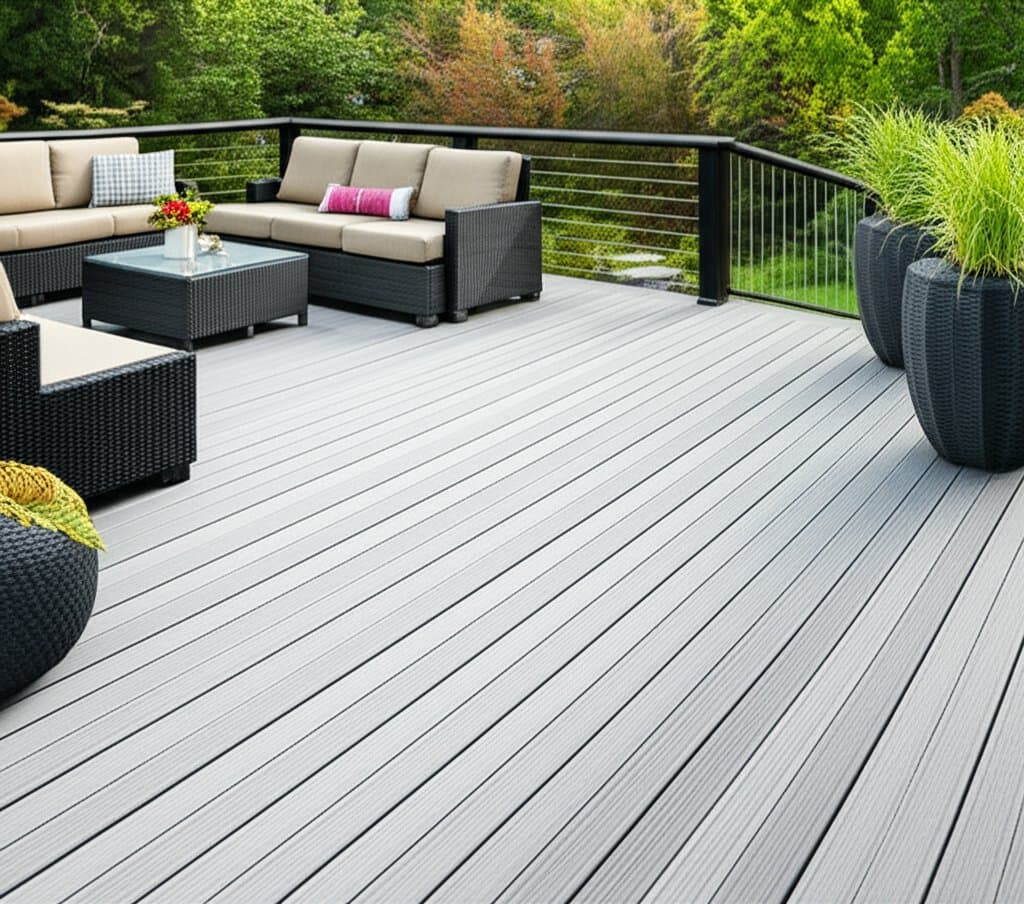Key Points
- Induction retrofits reduce kitchen energy use by up to 65 percent compared to gas cooking.
- Modern induction cooktops heat rapidly, maintain precise temperatures, and enhance indoor air quality.
- Federal and local incentives reduce installation costs by 30 to 50 percent.
- Portable or plug-in induction units enable electrification without a complete kitchen remodel.
- Transitioning from gas to induction promotes cleaner air, reduced bills, and a safer cooking environment.
The Advantages of Induction in Home Kitchens
Induction cooking offers visible benefits, such as water boiling in under two minutes or a kitchen that remains cool during meal preparation. Homeowners increasingly inquire about retrofitting kitchens for induction and the implications of full home electrification. This shift from gas cooking extends beyond trends; it emphasizes efficiency, safety, and environmental stewardship.
The U.S. Energy Information Administration reports that residential cooking contributes to household emissions, a share that continues to grow. Gas stoves emit nitrogen dioxide, carbon monoxide, and other pollutants linked to asthma and respiratory issues. Induction systems avoid these emissions by employing electromagnetic energy to heat cookware directly, bypassing the surrounding air.
Factors Driving the Popularity of Induction Retrofits
Advancements in induction technology have addressed past limitations, including restricted cookware compatibility and inconsistent temperature management. Current models provide immediate responsiveness, broad cookware support, and elegant designs suitable for various countertops.
Efficiency and Cooking Performance
Induction delivers up to 90 percent energy transfer to cookware, surpassing gas at approximately 40 percent and traditional electric at 75 percent. This efficiency results in quicker cooking and decreased energy expenses. A four-burner induction cooktop, for instance, saves 200 to 300 kilowatt-hours annually versus a gas range, based on typical usage patterns. Such savings gradually recover a portion of the retrofit investment.
Home cooks appreciate the precise control that prevents overcooking delicate sauces or simmering soups without frequent adjustments. Energy efficiency also aligns with broader sustainability goals, reducing reliance on fossil fuels in daily routines.
Health Benefits and Air Quality Improvements
Research from environmental health groups indicates that gas stove households frequently surpass safe nitrogen dioxide thresholds. Induction removes combustion, resulting in purer indoor air. This advantage proves particularly significant in compact apartments or older residences with inadequate ventilation systems.
Beyond pollutants, induction minimizes exposure to ultrafine particlesflames. Families with children or individuals with sensitivities report noticeable improvements in breathing comfort after switching.
Enhanced Safety and User Comfort
Induction heats only the cookware, leaving surfaces cool and reducing burn hazards. Cleanup simplifies as spills do not harden on warm counters. Many parents highlight this safety feature as a primary motivator for adoption.
The technology also includes automatic shut-off if cookware is removed, adding an extra layer of protection against unattended stoves. Overall, these elements create a more relaxed cooking experience.
Elements of an Induction Retrofit Project
The retrofit process varies with existing kitchen infrastructure. Gas lines require capping, and electrical circuits may need upgrades to support the increased demand. A licensed electrician assesses amperage adequacy and determines if a dedicated circuit becomes necessary.
Professional installation ensures compliance with building codes and optimizes performance. Homeowners often schedule assessments during off-peak seasons to avoid delays.
Cost Breakdown and Available Incentives
| Retrofit Type | Approximate Cost Range | Potential Incentive Savings |
|---|---|---|
| Full cooktop replacement | $1,000 - $3,000 | Up to $1,200 in rebates |
| Plug-in or portable unit | $100 - $400 | Often eligible for 30 percent tax credit |
| Electrical upgrade | $300 - $800 | May qualify for additional rebates |
Incentives from federal programs, such as the Inflation Reduction Act, combined with local utility rebates, substantially lower out-of-pocket expenses. Some providers extend low-interest loans for electrification, distributing costs across monthly payments. Researching eligibility through utility websites or energy auditors maximizes savings.
Selecting Appropriate Induction Equipment
Portable single burners serve as an entry point, plugging into standard outlets for routine tasks like boiling pasta or frying eggs. Full built-in units feature bridge zones for large cookware and built-in sensors for accurate temperature regulation. Verify cookware compatibility with a simple magnet test on the base.
Consider wattage ratings for household needs; higher outputs suit avid cooks, while energy-efficient models appeal to casual users. Brands with strong warranties and user reviews provide long-term reliability.
Practical Considerations for Transitioning to Induction
Electrifying the kitchen involves more than technical changes; it alters cooking dynamics and maintenance routines. Several steps facilitate a seamless adoption.
- Assess existing cookware. Cast iron, stainless steel, and enameled varieties perform optimally. Non-magnetic options like aluminum require adapter disks for compatibility.
- Review electrical capacity. If the service panel approaches limits, integrate the upgrade with projects such as electric water heaters or heat pumps.
- Utilize trial opportunities. Appliance stores often permit returns within 30 days, allowing hands-on evaluation of induction performance.
- Adapt to control features. The responsive nature demands habit adjustments; rapid boiling requires monitoring, while steady simmers eliminate the need for constant attention.
Experimenting with recipes highlights strengths, such as even heating for sears or gentle settings for custards. Online communities share tips for maximizing the technology.
Building Toward Complete Home Electrification
A cooktop upgrade initiates broader electrification efforts. Capping the gas line simplifies subsequent conversions, including water and space heating systems. Each upgrade amplifies advantages, from superior air quality to diminished carbon footprints at home.
For those planning kitchen renovations, incorporating induction aligns with future-proofing the space. Thoughtful implementation yields a secure, efficient cooking area that benefits the household for years. Begin with a portable option to experience the difference or pursue a comprehensive retrofit for immediate impact.

